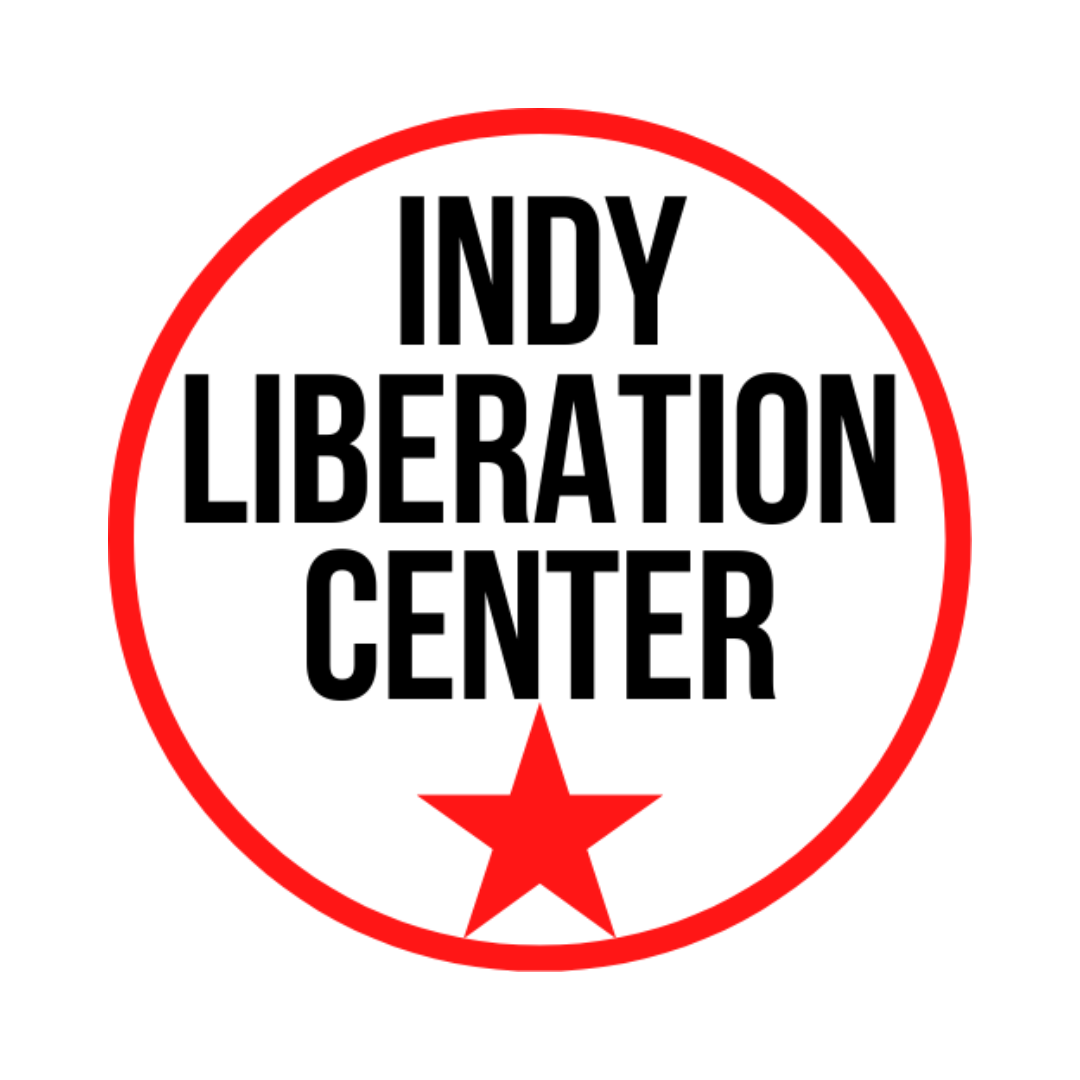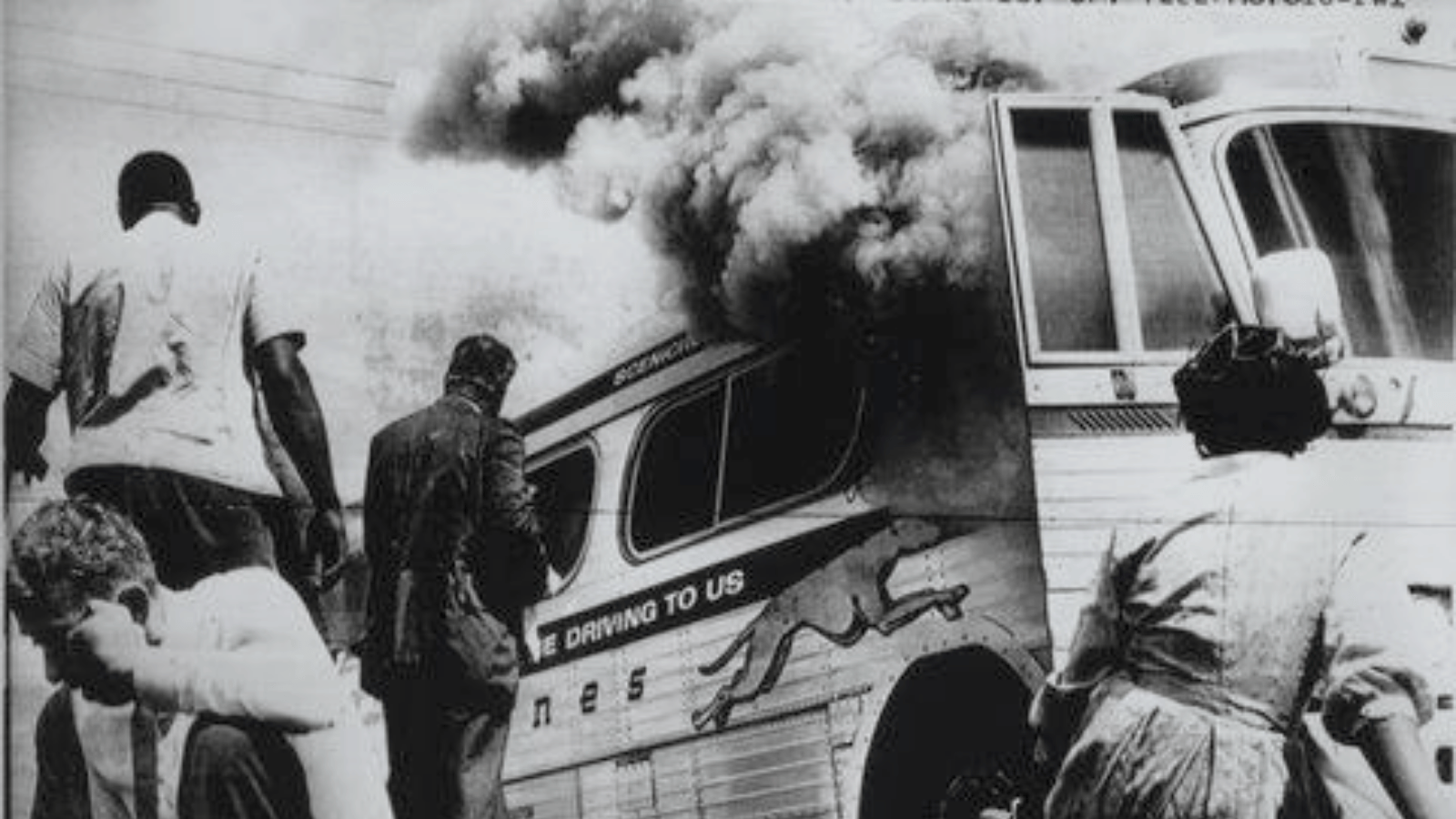Editorial Note: On May 01, 2025, the Shaka Shakur Freedom Campaign received this statement from Shaka A. Shakur, which he sent on April 26, 2025. It is part of the ongoing campaign to build a radical national student congress that is centralized. That campaign has since materialized into Students and Youth L.I.T. (Liberation, Independence, Transformation), which you can sign up for here and find on instagram here. Immediately below or here, you can listen to Shaka read the statement.
Listen: Shaka reads the statement
Continuity: from one generation to the next
Stokely Carmichael was born July 29, 1941, Port of Spain, Trinidad. He died November 15, 1998 in Conakry, Guinea. Author and writer who inaugurated the Black Power movement of the 1960s.
He wasn’t the first to use the term Black Power, but he made it famous. He was critical of Martin Luther King’s peaceful approach. He instead advanced a more militant stance on civil rights as Chairperson of the Student Nonviolent Coordinating Committee (SNCC) in the 1960s.
A native of Trinidad, Carmichael moved with his family to a mostly white neighborhood in the Bronx, NY, when he was 11-years-old. He graduated from the Bronx High School of Science in 1960, and four years later, from Howard University in Washington D.C. with a Bachelor’s Degree in Philosophy.
Kwame Ture, as he late changed his name to, became involved in civil rights protests during his years at Howard. He participated in demonstrations staged by the Congress of Racial Equality, the Nonviolent Action Group, and the SNCC.
He was arrested as a freedom rider in 1961 and served seven weeks in Parchman Penitentiary for violating Mississippi’s segregation laws [1].
He returned to the south after college and devoted himself to the organization of SNCC’s Black voter registration project in Lowndes County, Alabama. There, he also created an independent political party called the Lowndes County Freedom Organization, which used the black panther as its symbol.
Kwame became chairman of SNCC in 1966. He catapulted into the national spotlight in August of that year, when he ended a speech with a call for Black Power. Black Power became a rallying cry for Black protests during the 1960s and 1970s.
A 1967 world tour to publicize the struggle in the United States brought Kwame more attention from Washington, D.C. His passport was revoked for visiting Cuba, and when returned to the United States he faced indictment for sedition. However, he was never prosecuted.
The following year he became prime minister of the Black Panther Party.
After relocating to Africa with his wife Miriam Makeba, he later changed his name to Kwame Ture, where he continued to travel and lecture on u.s. imperialism, Pan-Afrikanism, and socialism, until his death from cancer in November of 1998.
Let’s honor this brother who was a giant amongst men with a round of applause and a commitment to continue his work.
The generational gap in political vision, experience, and strategy
One of the reasons i wanted to highlight and honor brother Kwame is because i want to establish the continuity of Our struggle from one generation to the next.
i also want to highlight the sacrifices this brother made, the commitment and his background as a what? A radical student! As someone whose politics evolved, but joined the fight 1000% and went into the trenches of the segregated south, where people were being lynched and hunted by the Klan, where students were being murdered and disappeared.
This took commitment. It also took having a vision: a vision of what it is We are fighting for, what We are struggling for, and what kind of society and world that We want to live in.
If you hate racism, fascism, neo colonialism, sexism, heterosexism, and homophobia, you got to organize to fight against it.
If you hate poverty, genocide, and super-exploitation and mass incarceration, you got to organize against it.
Organizing against something means that We recognize a problem exists and choose to be proactive instead of reactive. It means developing a strategy and adopting the tactics to help implement and facilitate that strategy.
This is what this Congress is about. We want to get better organized, We want to become more serious, and We want to be offensive orientated and not allowing the state or self-serving interest groups to dictate the rules of engagement.
We establish the rules. We set the tone and temperament.
Students, workers, and young people have always been in the forefront of any serious movement or revolutionary process.
A congregation of organizations
When We talk about a congress, We are talking about a congregation of different representatives and organizations that are centralized within a body that can facilitate serious discussions of critical and pressing issues, such as genocide (both domestic and foreign), such as national liberation struggles both within the u.s. empire and outside of it, educating ourselves about the various political movements and showing the intersectionality of Our struggles.
What does radical prison abolition look like vs. passive prison reform? What does radical support look like for political prisoners and prisoners of war, whether it be in the u.s., Guantanamo Bay, or occupied Palestine?
We want to set up a core congress of representatives and put a system in place where We can communicate through encrypted threads for general news, updates, and discussions. This will help Us better coordinate communication.
We want to develop an ERN (Emergency Response Network) amongst all the representatives, which should function as a national/international network for action alerts.
We want to ask the various representatives to break down into their regions and develop Regional Organizing Committees organizing committees that can not only take responsibility for their region and zone, but can communicate back to the larger congress the issues and reality in that particular region or zone. This way We can all discuss and properly assess the situation and how We might best move on it.
Every group and participant has its own autonomy.
We want to put a structure in place where We can better coordinate and move as a collective force. If We call for a nationwide student walkout or a general strike, We can move as one. If there is a call for a nationwide prison work strike, We can call on critical support from this network. If We want to organize direct action and a day of disobedience demanding the repeal of Bill Clinton’s racist crime bill, for example, We can coordinate and put boots on the ground.
If they kill a political prisoner, or rape a political prisoner comrade, or rape a female Political Prisoner comrade, it should not be business as usual: there should be a national response.
Why do We protest? If you’re revolutionary orientated, then We are about sharpening the social contradictions and economical contradictions that push Us closer to that revolutionary struggle and confrontation as We struggle to dismantle kapitalism and imperialism.
We’re supposed to be simultaneously constructing an alternative infrastructure that can function as a parallel form of people’s government; the creation of institutions that are capable of meeting the needs of the people; institutions that are winning the hearts and minds of people over to the revolutionary process.
We have to be in the communities pushing the line and meeting the needs of the people.
What you see Trump doing is structural and will impact for generations. His policies are straight out of Hitler’s playbook. This shit is serious. If this is just a phase for you while you go to school, then can you please leave Us now. That is not what this is about.
i will also invite you to check out the site of the Spirit of Mandela and hit on the tab of The People’s Senate; also the site for Prison Lives Matter; and the Rebuild Collective.
There’s a quote from George Jackson, who said: “Once you become conscious there is no such thing as becoming unconscious. Thereafter it is only betrayal.”
Peace!
Free the Land!
Shaka A. Shakur
Notes
[1] Parchman Penitentiary, also known as Missouri State Penitentiary, was and remains a notoriously racist and deadly prison. The conditions even prompted a 2020 investigation by the Department of Justice, although years later little, if anything, has changed. See Erik Ortiz, “Inmates Battle Heat, Mold and Mice inside Mississippi’s Largest Prison,” NBC News, 04 August 2024; and Louis Bourgeois, Unit 29: Writing from Parchman Prison (Oxford: Vox Press, 2024).
Featured photo: Freedom Riders after the Ku Klux Klan firebombed their bus outside Anniston, Alamaba on 14 May 1961. Source: Public Domain.

